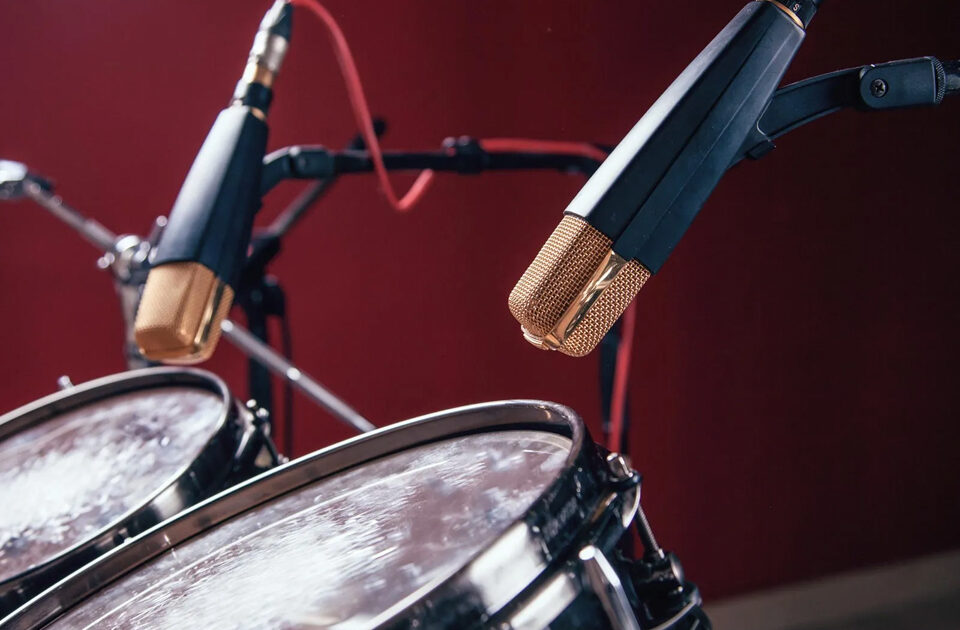The Art and Science of Field Recording – Capturing the Sounds of Nature
Field recording is the practice of capturing audio recordings in outdoor or remote locations, documenting the natural world’s sounds, and providing listeners with a unique sonic experience. As an essential tool for sound artists, musicians, and researchers, field recording has grown in popularity as technology has made high-quality recording equipment more accessible. This article delves into the fascinating world of field recording, discussing the equipment, techniques, and challenges involved in capturing the essence of our planet’s aural landscape.
Equipment
- Portable recorders: Field recording begins with a reliable portable recorder. There are many options available, ranging from affordable handheld devices to professional-grade multi-channel recorders. Key features to look for include high-quality preamps, a wide frequency response, and a robust build for durability in harsh environments.
- Microphones: Different microphone types serve various purposes in field recording. Omnidirectional microphones capture sound from all directions, while directional microphones like shotgun mics offer more focused audio capture. Binaural microphones, which replicate human ear placement, provide immersive recordings perfect for headphone listening.
- Wind protection: Outdoor recording often means dealing with wind, which can wreak havoc on audio quality. Wind protection is crucial, and options include foam windshields, furry windjammers, and blimps (zeppelin-shaped enclosures) to minimise wind noise.
- Accessories: Additional equipment like tripods, shock mounts, and extension cables may be required for specific recording situations. These tools can help with mic placement, reduce handling noise, and offer flexibility in challenging environments.
Techniques
- Planning: Before venturing into the field, research the location, anticipate potential challenges, and plan for the necessary gear. Time of day, weather, and season can all affect the soundscape, so consider these factors when scheduling your recording sessions.
- Mic placement: Proper microphone positioning is crucial for capturing the desired sound. Experiment with different distances and angles to achieve the best results. For immersive recordings, consider using binaural microphones or arranging multiple microphones in a surround sound configuration.
- Noise reduction: Although capturing pristine audio in the field is the ultimate goal, real-world conditions often introduce unwanted noise. Techniques like high-pass filtering, noise gates, and noise reduction software can help clean up recordings in post-production.
- Listening: Field recording requires patience and active listening. Developing the ability to focus on specific sounds and mentally filter out unwanted noise is a valuable skill. Use headphones to monitor recordings in real-time, making adjustments as necessary.
Challenges
- Weather: Weather conditions can affect recording quality and create unpredictable challenges. Rain, wind, and temperature fluctuations may require additional protection or creative solutions to minimize their impact.
- Wildlife: Animals are often the stars of field recordings but can be unpredictable and elusive. Patience and perseverance are essential when trying to capture specific wildlife sounds.
- Human activity: The presence of people and human-made noise is an ongoing challenge for field recordists. Finding remote locations or recording during quiet hours can help mitigate this issue.
- Legal considerations: In some cases, permits may be required for recording in specific locations, particularly in protected natural areas. Be sure to research local regulations and obtain any necessary permissions before embarking on your field recording adventure.
Summary
Field recording is a captivating practice that immerses us in the natural world, offering unique sonic experiences and a deeper appreciation for our environment. With the right equipment, techniques, and a willingness to confront challenges, field recordists can capture the sounds of our planet for future generations to enjoy. As technology continues to advance and more people embrace this art form, the possibilities for exploration and discovery in the field of sound are limitless.


